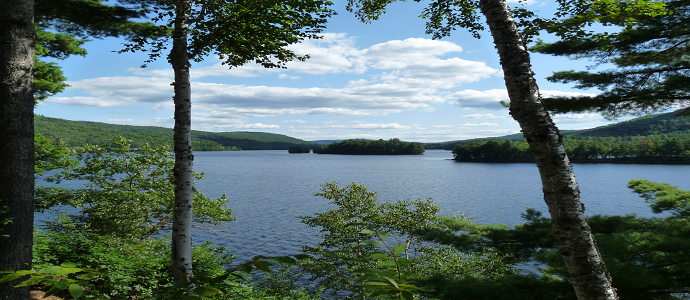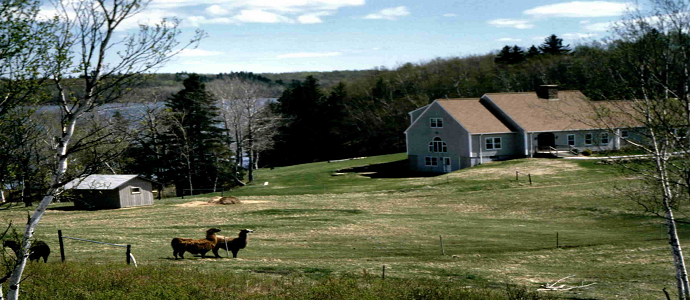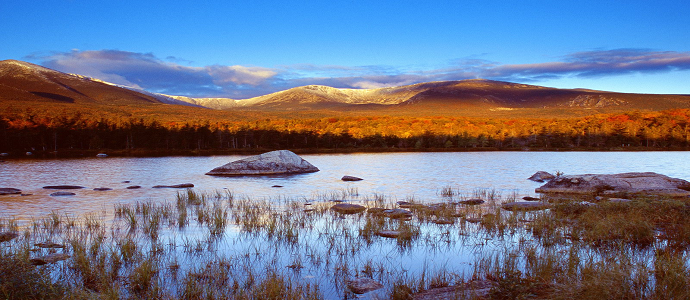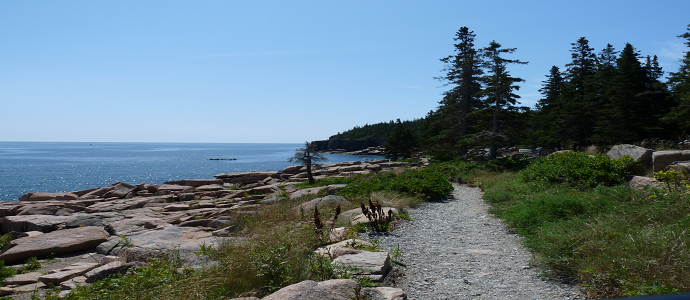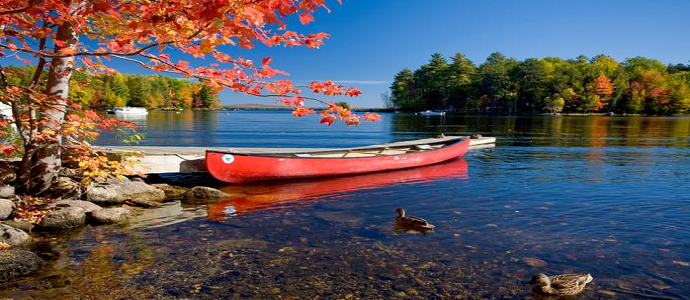Originally a part of Massachusetts, Maine evolved into an independent entity only in 1820. From the 19th century, its people had a history of conservatism and opposition to migrants, which manifested in many anti Irish riots. The state’s overall economy has long been greatly reliant upon the ocean, though many of the locals who fish here, also now farm the land, and lengthy fishing excursions have now become fairly uncommon in this region. Lobster fishing specifically has defied gloomy forecasts and has now grown once again, as seen from the numerous flourishing lobster pounds. Lately the locals have been selling their catch primarily to Russian Vessels anchored offshore.
As large as the other 5 New England states put together, Maine has hardly the population of Rhode Island! Theoretically, as a result, there is more than enough space for the enormous summertime increase in visitors.
Maine is split into 8 distinctive tourism areas, each individually providing unique activities, functions and lodgings. With 32,000 miles of rivers, 6,000 lakes, 17 million acres of woodland and 5,000 miles of coastline , there is more than enough to explore and discover everything Maine has to offer.
The majority of tourists head for the southern part of the lavishly corrugated coastline, although further north, and inland, you will find wonderful areas of mountainous woodland’s that are scattered with beautiful lakes, barely pierced by the roadways, and are perfect terrain for trekking and kayaking, and numerous other pursuits.
Maine’s weather conditions are notoriously tough. In the winter months, the majority of Maine is under ice which attracts both snowboarders and skiers. The summer is brief in most cases, heralded at the beginning of June by an invasion of teeny black flies. In late September temperatures decrease significantly and become fairly frosty by the middle of October.

